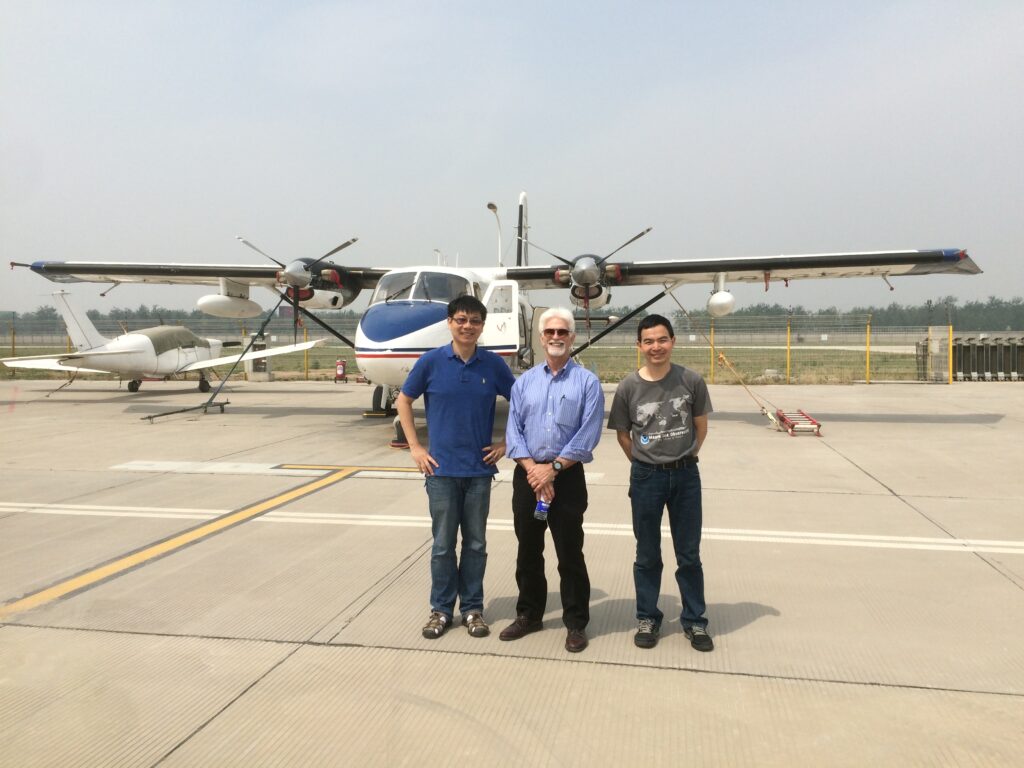
In 1987, chlorofluorocarbons (CFCs), chemical compounds known to break down ozone in the upper atmosphere, were first regulated by the Montreal Protocol. Subsequent amendments led to steep declines in the industrial production of CFCs, eventually leading to a global ban on the industrial production of these compounds in January 2010. These actions led to significant declines in the emissions of numerous ozone depleting substances (ODSs). However, recent studies have shown that emissions of CFC-11, an important ODS, have not been decreasing as rapidly as had been expected. These studies suggested a contribution from continued new production in eastern Asia to the slower than expected decline in CFC-11.
To investigate this claim, UMD Department of Atmospheric and Oceanic Science researchers Sarah E. Benish, Ross J. Salawitch, Xinrong Ren, Hao He, and Russell R. Dickerson examined airborne observations of CFCs and other halogen-containing compounds obtained over the Hebei Province of China, a region identified with likely new production of CFC–11. Dickerson and Salawitch are also Professors at ESSIC/CISESS; Benish who used these results as part of her Ph.D. work, is now conducting postdoctoral research at the U.S. EPA.
In Spring 2016, 27 whole air samples were collected from an aircraft over Hebei Province in China and analyzed for 16 halocarbons. The researchers found high mixing ratios of many compounds, well above the global tropospheric background levels, leading to the conclusion that substantial emission and possible new production of CFCs continued during Spring 2016 despite the global ban. The largest mixing ratios of CFCs were traced to Inner Mongolia, Shandong, and Hebei. Evidence of new production of CFC-11 and CFC-12 was found throughout eastern China, while new production of CFC-114 was limited to flow from the southeast.
Dickerson is an atmospheric chemist in the AOSC Department and the ESSIC Earth System Modeling (EaSM) group. His research focuses on improving our understanding of air quality and the composition of the atmosphere based on campaign measurements, satellite observations, and numerical models.
Salawitch is a professor in the Department of Atmospheric & Oceanic Science and the Department of Chemistry and Biochemistry. His research focuses on quantification of the effects of human activity on atmospheric composition, with a long term focus on protection of the ozone layer.
To access the article, click here: “Airborne Observations of CFCs over Hebei Province, China in Spring 2016”.






